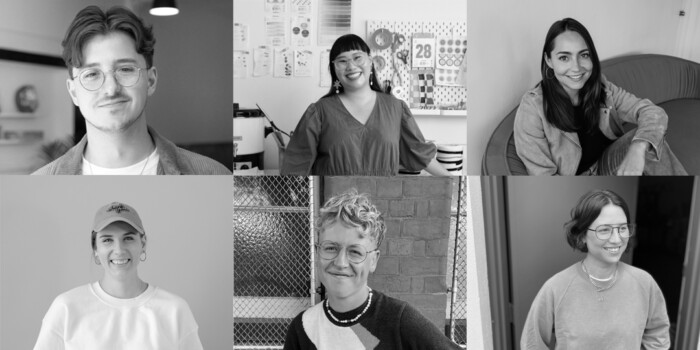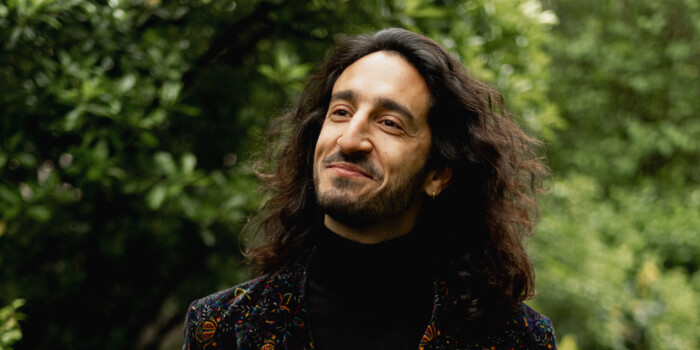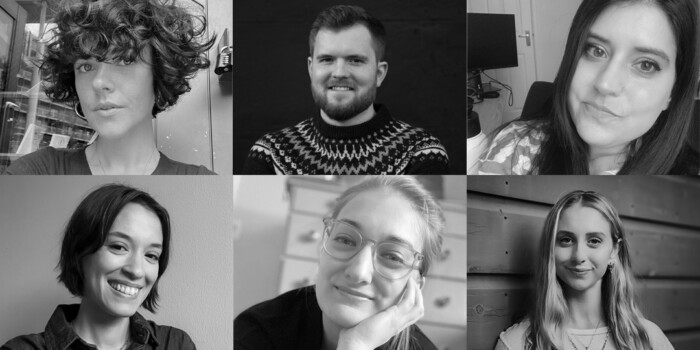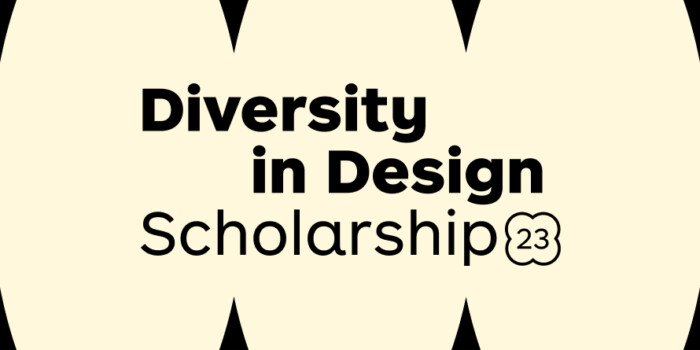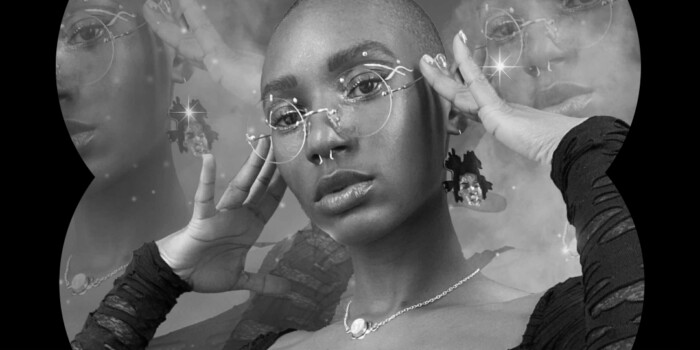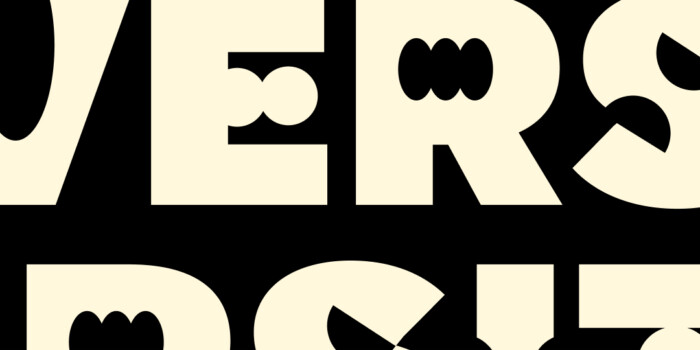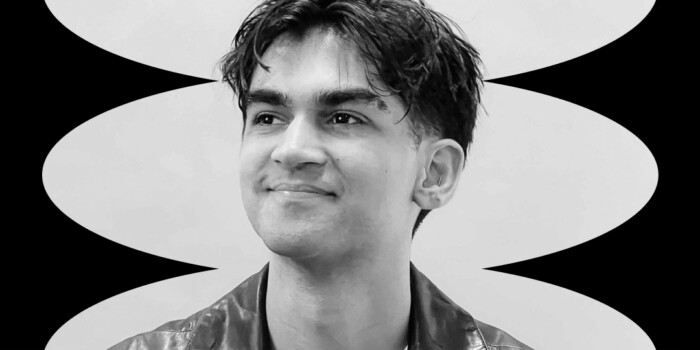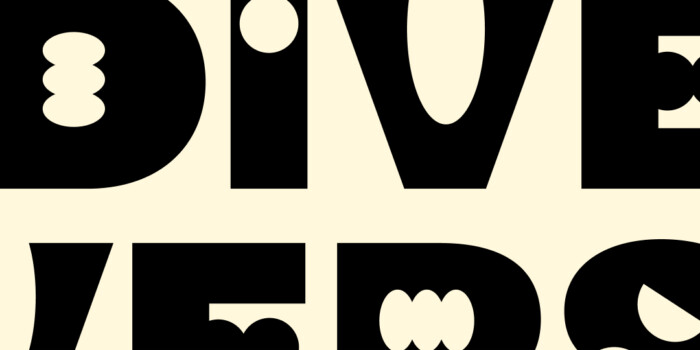DesignStudio’s Premier League Rebrand
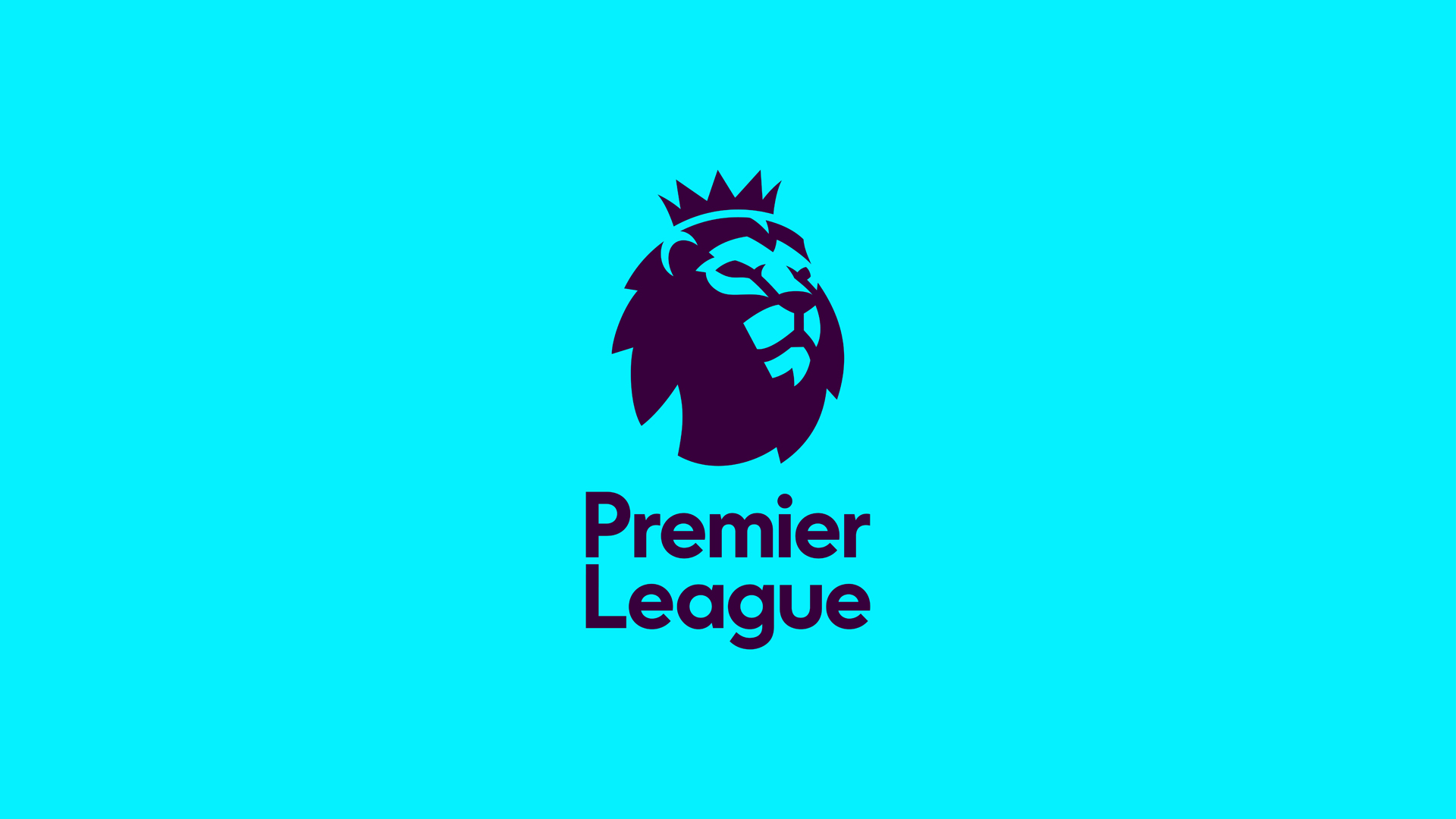
It was a dream come true for both staff and students when DesignStudio agreed to come and give a talk at our London Campus. Famous for their exceptional branding skills we were thrilled to hear more about the design work behind some of Design Studio’s most well known projects, namely their re-brand of Premier League in 2016.
Eager to learn more about the project we spoke with senior designer Charlie Hocking about the work that goes into such a monumental branding job as well as some insights into the future of branding and what Design Studio look for when hiring a new designer.
How did you first approach the task of rebranding Premier League? Has your design process noticeably changed due to growing digital demands?
We always dedicate a large amount of time to research and immersion when we start a job and in many ways our approach to redesigning the PL wasn’t that different to how we approach our other projects. Through our immersion we became aware that we had to totally rethink some parts of their current brand identity, while other parts needed to remain (the lion for example). Most brands now have to function in a digital environment so creating a flexible and robust brand identity that can perform across platforms is becoming more and more familiar in what we do.
Given the heritage of the Premier League brand, do you feel this was an added pressure when working on the project or did it end up contributing to its success?
Working with a brand that has such a rich heritage is always exciting and poses a unique challenge. People have such a strong idea of what they feel the Premier League should look like so we definitely felt the weight of expectation when creating it. We explored a lot of options when creating the identity – some traditional and some less so, but ultimately, we landed on something that leant on the heritage of the Premier League whilst still pushing it forward. I think having that added pressure helped elevate the project.
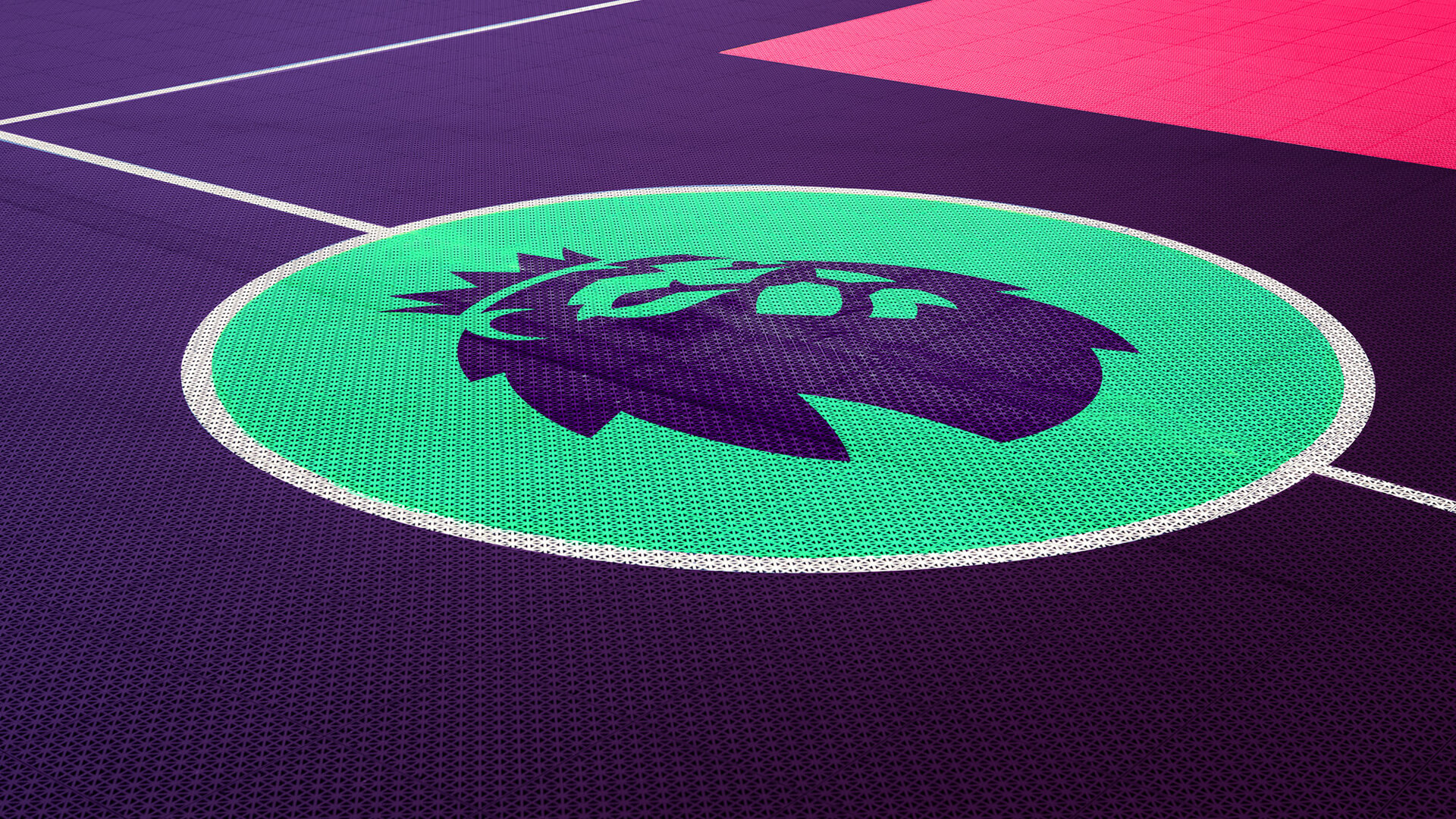
![]()
Nowadays a brand is far more than just a logo. What are the core elements you’d suggest a designer being aware of when embarking on a branding brief to ensure they take into consideration the entirety of the brand and not just its mark?
Every brand we work on is different so I’d say there is no set formula for creating the perfect result. Some brands require a very rigid set of guidelines and an extensive set of assets while others can be completely different.
One thing we will often start with is the company’s proposition—why it does what it does—this helps inform how the rest of the brand can look and how it communicates. Everything should ultimately feed back to this, so if that doesn’t feel right then the visual elements could be great, but ultimately the whole brand experience will end up feeling quite hollow.
Is there room in the Premier League brand for an introduction of VR and AR? Do you think brands can exist in these alternate realities?
It’s all too easy for brands to adopt new media for quick gimmicks but much harder for them to create meaningful experiences using this new technology.
I think as long as the technology is accessible and readily available then I don’t have a problem with brands working in this format. Google’s cardboard is a good example of this. They understand that people can’t spend huge amounts of money on specialist equipment so they utilise what is already in everyone’s pocket, a smartphone.
What advice would you impart on how to ensure a brand has longevity, are there any particular brands you’d sight as having excelled at this?
Brands that can adapt quickly, be visually diverse and remain instantly recognisable are my favourite examples. I think Nike does an amazing job at this.
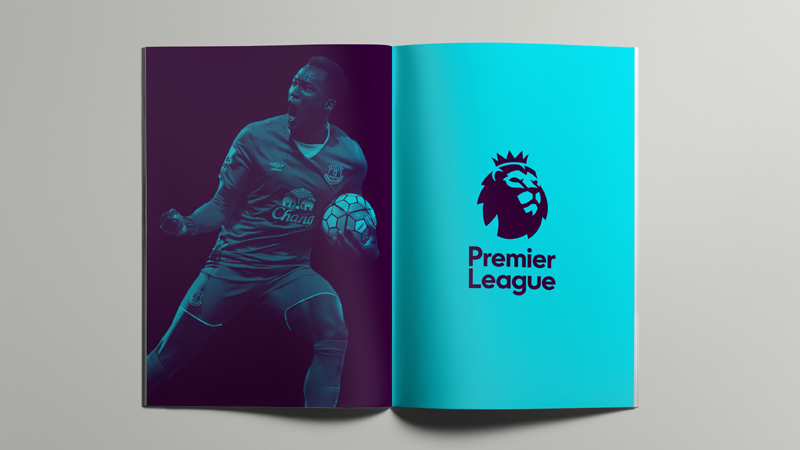
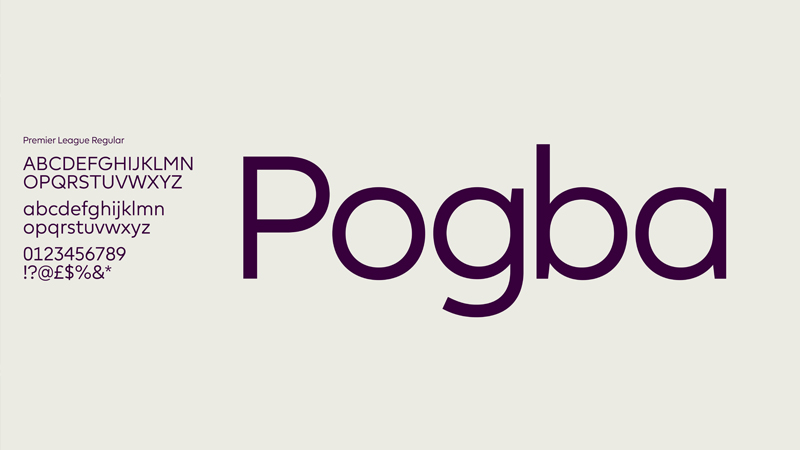
DesignStudio works with brands that are regularly in the public eye, how do you deal with public criticism? Change is often seen as negative at first, how long do you think it takes for a new brand to settle?
We’re no strangers to our brands being subject to backlash. Particularly brands that have long standing, culture defining heritage or that feature heavily in people’s lives. People are often reacting to the logo – not the entire brand. We run an in-depth immersion and research phase for all our projects which allows us to be confident in the brands we create. We believe that a brand really comes to life around one year after launch when it’s had some time to live and breath in the real world.
For our students who hope for a career in branding, do you have any advice for how they can make sure their portfolios stand out for the right reasons?
Once again, there is no set formula for the perfect portfolio. However, in my experience a good brand designer is an amalgamation of many different skill sets. Try to not just focus on one single aspect of your work and instead create a varied portfolio with strong ideas and a strong purpose at its core.
Finally, what do DesignStudio look for when hiring a new designer to their team?
At DS we’re very lucky to work with a wide variety of incredibly talented individuals and each member of the team tends to look for something a little different in the next potential hire. However, considering that most people who come through the door tend to already be quite talented, I would recommend that anyone who fancies working with us remembers to be a human at the end of the day. We don’t like working with design robots!
Huge thanks to Charlie for answering our questions. Head to Design Studio’s website for more inspiring work and keep up to date with them via their Instagram and Twitter feeds.
We’ve been lucky to welcome lots of inspiring industry figures through the doors for a talk at Shillington. Read some more interviews and catch up pieces in our Industry Talks category.
Want to win some amazing prizes and stay in the loop with all things Shillington? Sign up to our newsletter to automatically go in the draw.
